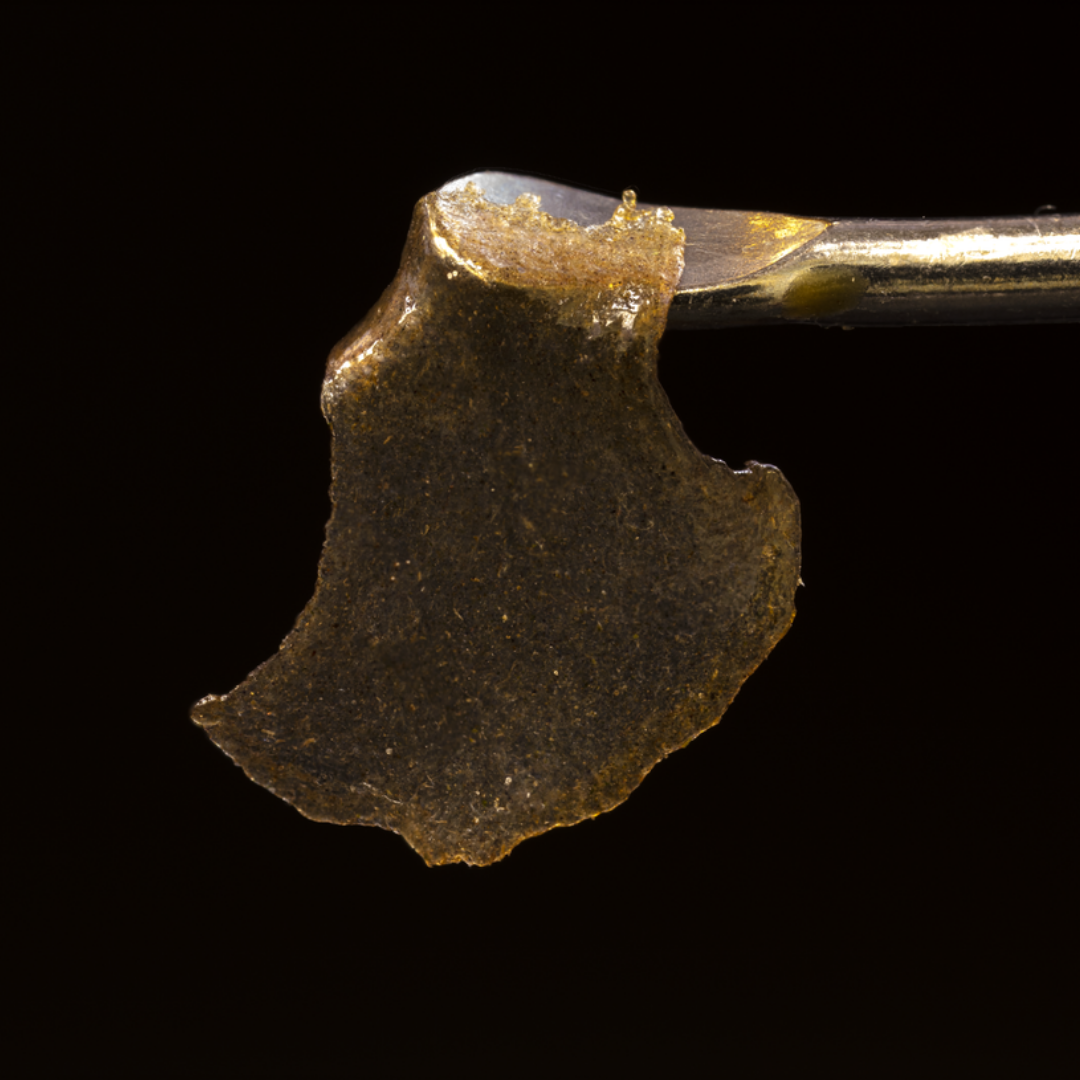Hash has been a product of cannabis for many centuries, but prior to the use of water to separate trichomes, it was always referred to as hashish. The term bubble hash came into existence when hash quality was high enough to bubble and vaporize, instead of burn. This became possible when water was used to separate from the plant, instead of violently shaking the plant.
And so, the term ‘bubble hash’ was officially coined.
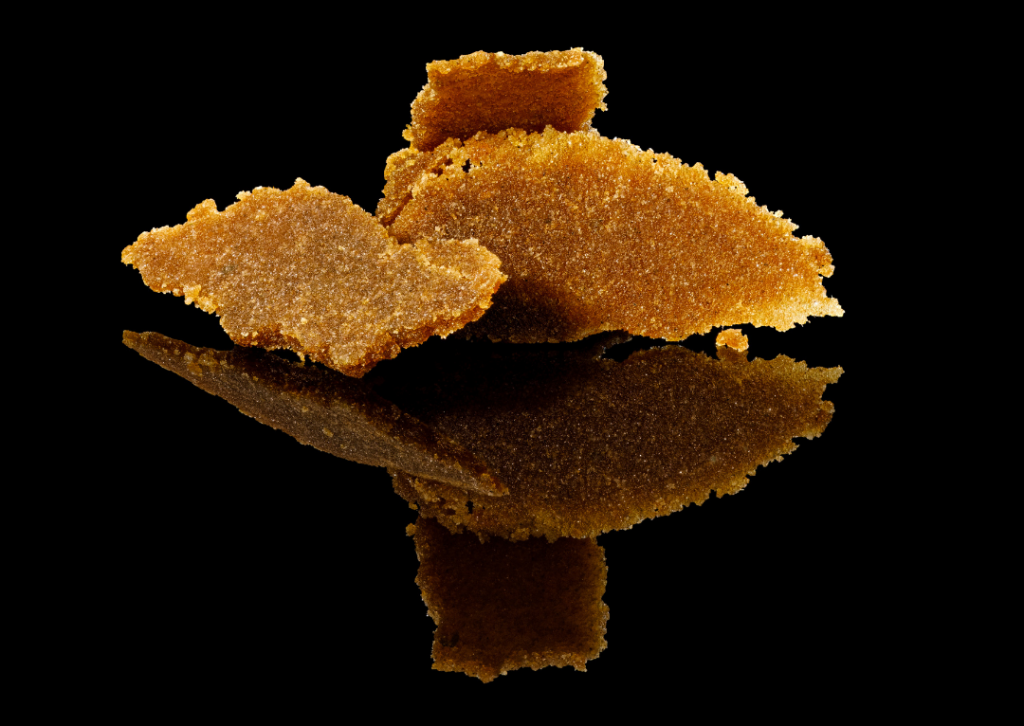
Traditional hash combusts into flames when exposed to heat, while bubble hash bubbles and then vaporizes.
Bubble hash has greatly evolved since its beginnings. Now, you can find hash that is consistently all trichome ‘heads’ (bulbous head containing phytocannabinoids), that will melt and vaporize into almost nothing. This is referred to as ‘6-star hash’ or ‘full melt hash’.
Bubble hash is not overly difficult to make, and paying close attention to detail is the key to creating quality bubble hash. Here are a few tips from Tyler, our in-house hash expert:
1. Handle With Care
Trichomes are delicate and must be handled with care.
Whether you’re working with ‘fresh frozen’ trichomes or dry trichomes, both are delicate. Even an accidental touch can knock off the best trichome heads. Always touch the cannabis as little as possible, and when you do need to touch the plant, do so slowly and smoothly. You want every trichome possible to end up in the water, in order to be separated.
Bubble hash does however have its limitations, and this is defined by the grow standard of the cannabis you are separating. High quality flower will produce high quality bubble hash, and the same goes for the other end of the scale.
Caring for the plant is the first step to producing high-quality bubble hash.
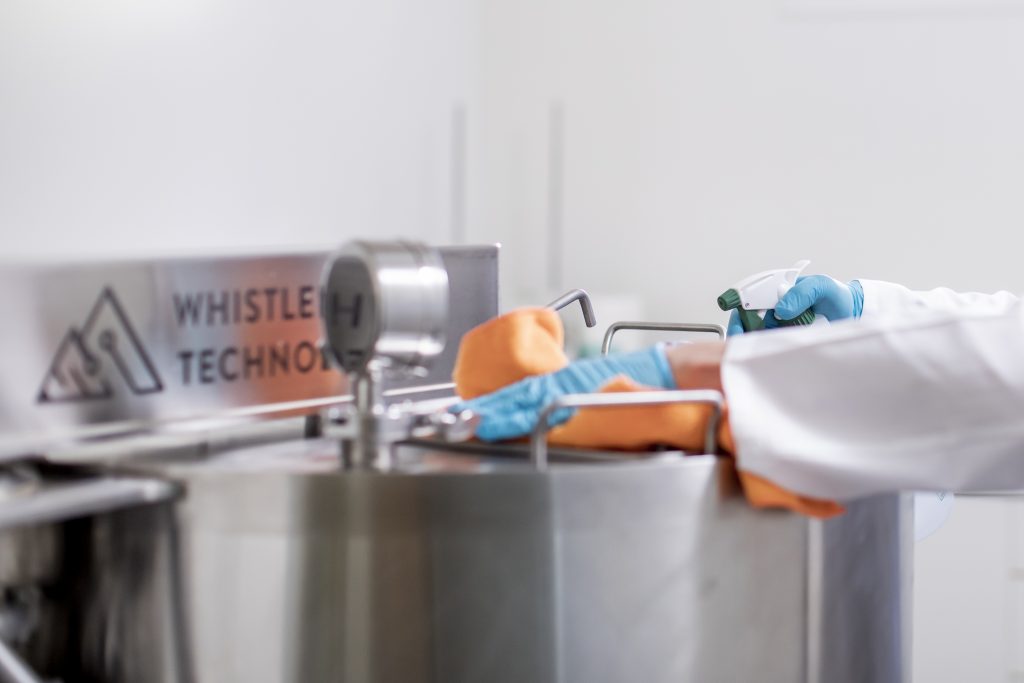
2. A Clean Environment
Bubble hash is a mechanical separation, so this means no physical properties can be altered during the process.
A clean environment is the biggest step you can take towards preventing contaminants from mixing with your hash (trichomes). Keeping your production environment clean ensures there is nothing to degrade your trichomes, such as chemicals or heat.
If a contaminant particle is the same size as the trichomes you are trying to separate, and is mixed in with the trichomes, it is very difficult to then separate that contaminant. When this happens, the quality of the hash will immediately decrease. Preventative measures are the best way to ensure this does not happen. A clean environment and sanitary tools will give you the best chance at succeeding.
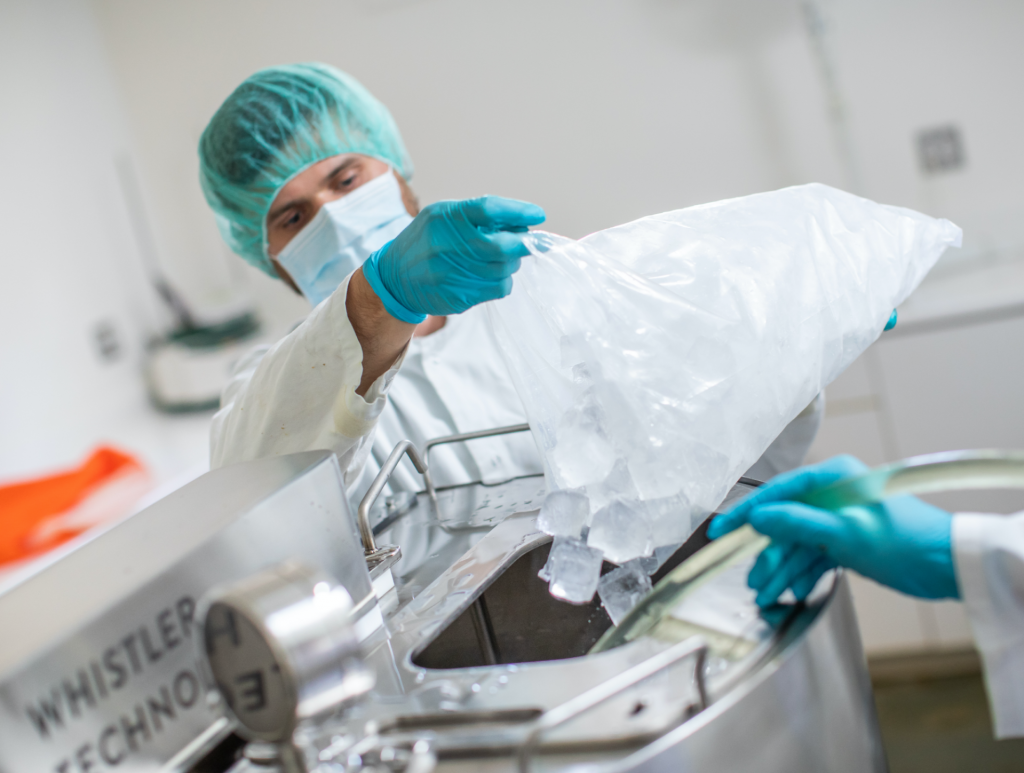
3. Don't Break The Cold Chain
Keeping the cannabis and water at a consistent and cold temperature is vital to the process of bubble hash.
At the beginning of the separation process, soaking the cannabis is a necessary step. This is done to saturate the cannabis, which loosens the structure of the flower to expose the inner trichomes. Soaking cannabis also brings the flower to a temperature consistent with the cold water.
The water temperature should be maintained as close to freezing level as possible – ideally, between -0.5°C – 0°C. The cold water makes trichomes more solid, and less likely to rupture. It also increases the brittleness of the stalks, which improves their ability to break off cleanly.
Keeping everything cold throughout the entire process will ensure your best chance at producing high-quality bubble hash. This even applies to rinsing hash in bags, and hash collection. Water should be kept around 0°C during these steps of the hashmaking process. Warm air exposure will start to degrade hash, so make sure it gets in the freezer quickly!
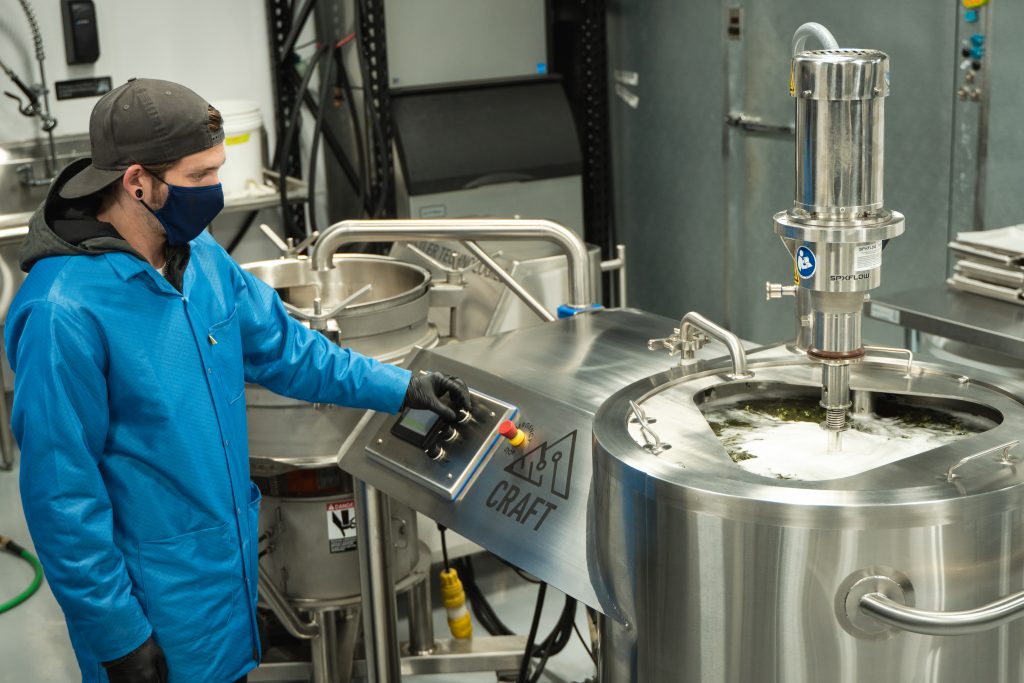
4. Be Gentle When Agitating
One of the incredible things about making bubble hash is the ability to collect the trichomes multiple times throughout the separation process.
It is important to be gentle while agitating your mixture, especially at the beginning. Ripe trichomes fall off the stalk with very little effort – just exposure to water is sometimes enough to remove a trichome head. Stirring with too much force will break off plant material, which can then contaminate the trichomes.
First, collect the trichomes that effortlessly fall off following a light agitation. This reduces the chances of contaminating your separation. You can always go back and do another agitation and collection cycle, for a lesser quality hash. Ramp up agitation as you go, start slow and be gentle.
